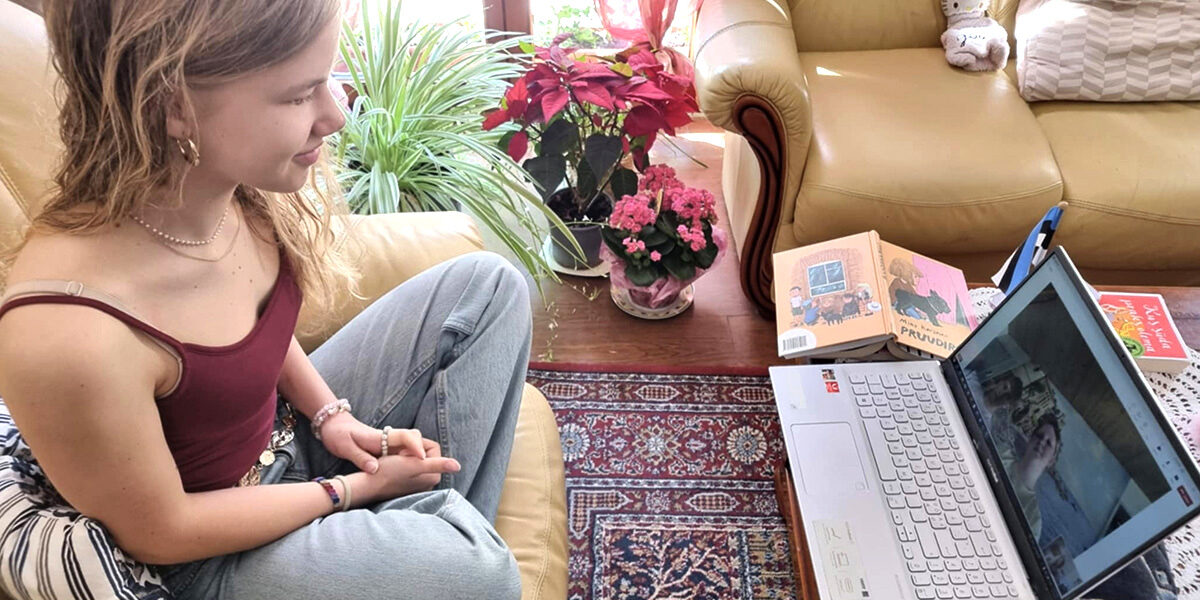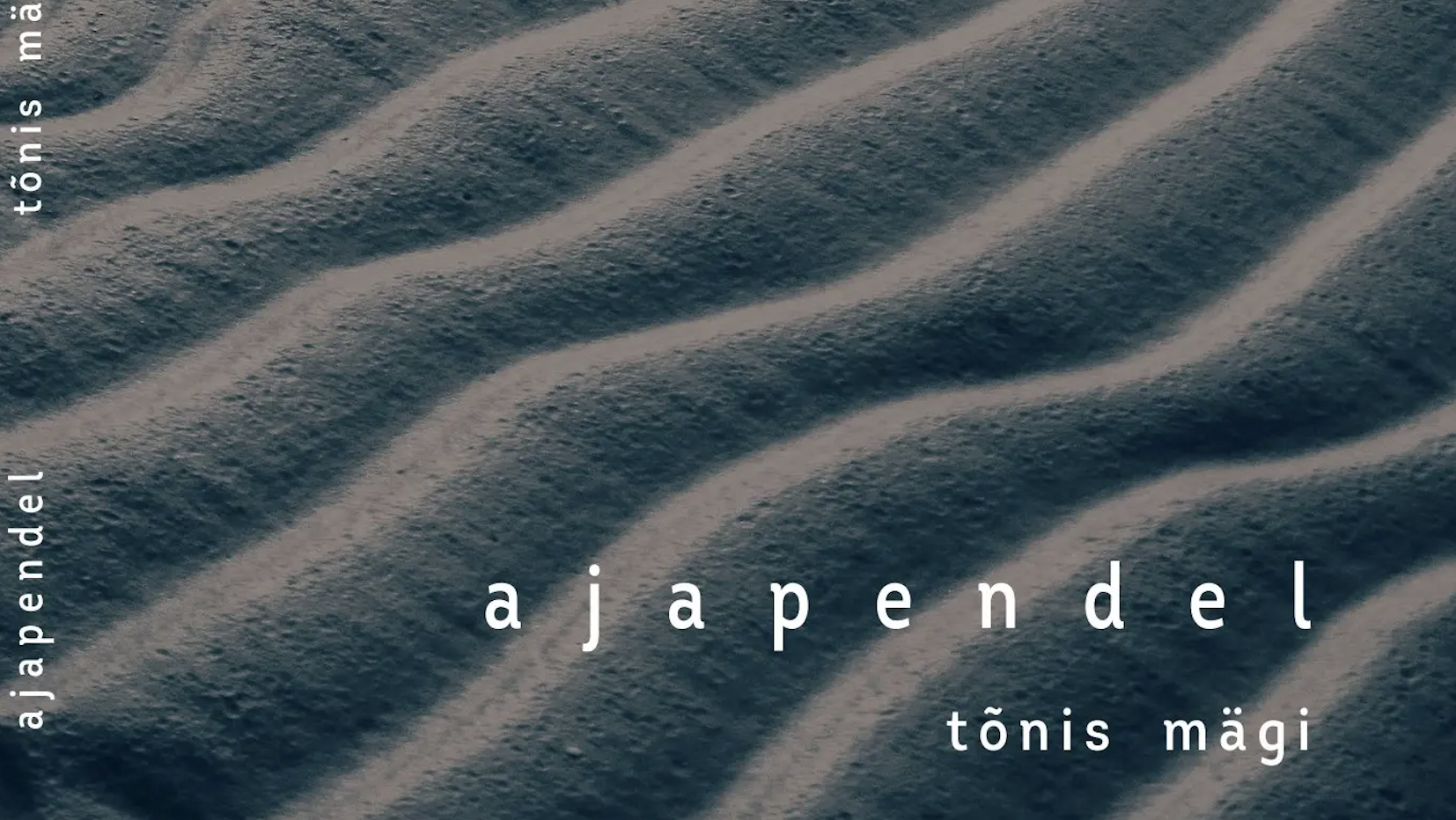It was, and continues to be, a sport defined by freedom and curiosity.
Skateboarding originally began with surfing, when low tides forced Californians off the waves and onto land. Initially, makeshift planks were fastened onto wooden or metal wheels, making the navigation of uneven terrain rather difficult. In the 1970s, the tides changed, so to speak. The introduction of urethane wheels made the sport more accessible. Skateboarding experienced a surge in popularity, and eventually found its way to the UK at the end of the decade. In both contexts, skateboarding remained relatively underground. In writer Tia Glista’s words, youths—especially those excluded from society—“imagined their bodies outside of the boundaries of urban design and [re-appropriated] environments designed to segregate or gentrify, imprinting their bodies on the city landscape.” Western mainstream media didn’t hesitate to associate the sport with delinquency and rebellious youth culture—stigmas which, unfortunately, have persisted in some minds more than others.
Similar narratives existed in the Soviet Union. Yet a fascination with western culture among youths during Soviet times prevailed.
“In 1978, the first Soviet-made skateboard (known as Rula) was produced in an air pollution sensor factory in Võru, Estonia.”
(Gleb Bentsiovski)
Gleb Bentsiovski served as the head of the Belarusian Skateboarding Federation and ran the world’s first and only USSR skateboarding museum. “[In the USSR], information about skateboarding slipped through via different channels starting in the mid-’70s,” he said in an interview with Jenkem Magazine. “In 1978, the first Soviet-made skateboard (known as Rula) was produced in an air pollution sensor factory in Võru, Estonia,” he added.
Today, Estonia boasts a vibrant skate scene. In fact, the country is home to SimpleSession, one of the largest and most prestigious skateboarding and BMX competitions in the world. Hosted on an annual basis, world-ranking skateboarders visit Estonia to compete in gnarly obstacle courses and let loose in crazy afterparties. The next SimpleSession will be hosted in Tartu in 2024.
But skateboarding in Estonia is not just limited to the pros—younger generations are also beginning to participate in the sport. Canadian-born, Estonia-based skateboarder Jakob Aruvald attests to this changing demographic on social media: “I think it's improving how people skate. Younger generations—and I mean kids under 10—are watching skate clips and are getting good! I started skating when I was six, and the skill level from then to that in kids now has skyrocketed. These kids are absorbing all the information they see online like a sponge. They’re destroying competitions. It’s great.”
But Estonia’s skate scene still faces some challenges.
“…they invest in the cheapest company to build us parks—but it's a company that doesn’t care about our scene.”
(Jakob Aruvald)
“There’s a huge difference between the Canadian and Estonian skateboard scenes. The skateparks here are not built by skateboarders, so they have no flow,” said Aruvald. “The Estonian government looks down on skateboarding, so to [appease] the skate community here, they invest in the cheapest company to build us parks—but it's a company that doesn’t care about our scene. They only care about profit. When I moved here seven years ago, there wasn’t a single cement skatepark—now we have a ton, but their quality sucks.”
For many Estonian skaters, solutions to these issues have come from the ground up.
Located in Tallinn, Krulli Indoor Skatepark was designed, built, and managed by a group of skaters in the local scene. Their input in the creation process differentiates it from other parks commissioned by the state, which fail to incorporate the qualities of a good park: decent flow, smooth surfaces, and obstacles for all skill levels.
Locals in the scene are also appealing to foreign skaters to help their cause in building better parks. “We’re trying to get a skateboarder from America to help build a proper skate park here,” said Aruvald. “At the last SimpleSession, we were talking to Cody Lockwood (who designs skateparks in America) about the possibility of him coming to Estonia and getting him some jobs here so we can have some real parks. Otherwise, we’ll be stuck with the parks built by the state, which have no diversity, are not aesthetically pleasing, have no flow, and are poor in quality.”
For the Estonian skate scene, it's clear that strength is in numbers and that they will achieve their goals through persistence and creativity.
This article was written by Natalie Jenkins as part of the Local Journalism Initiative.




